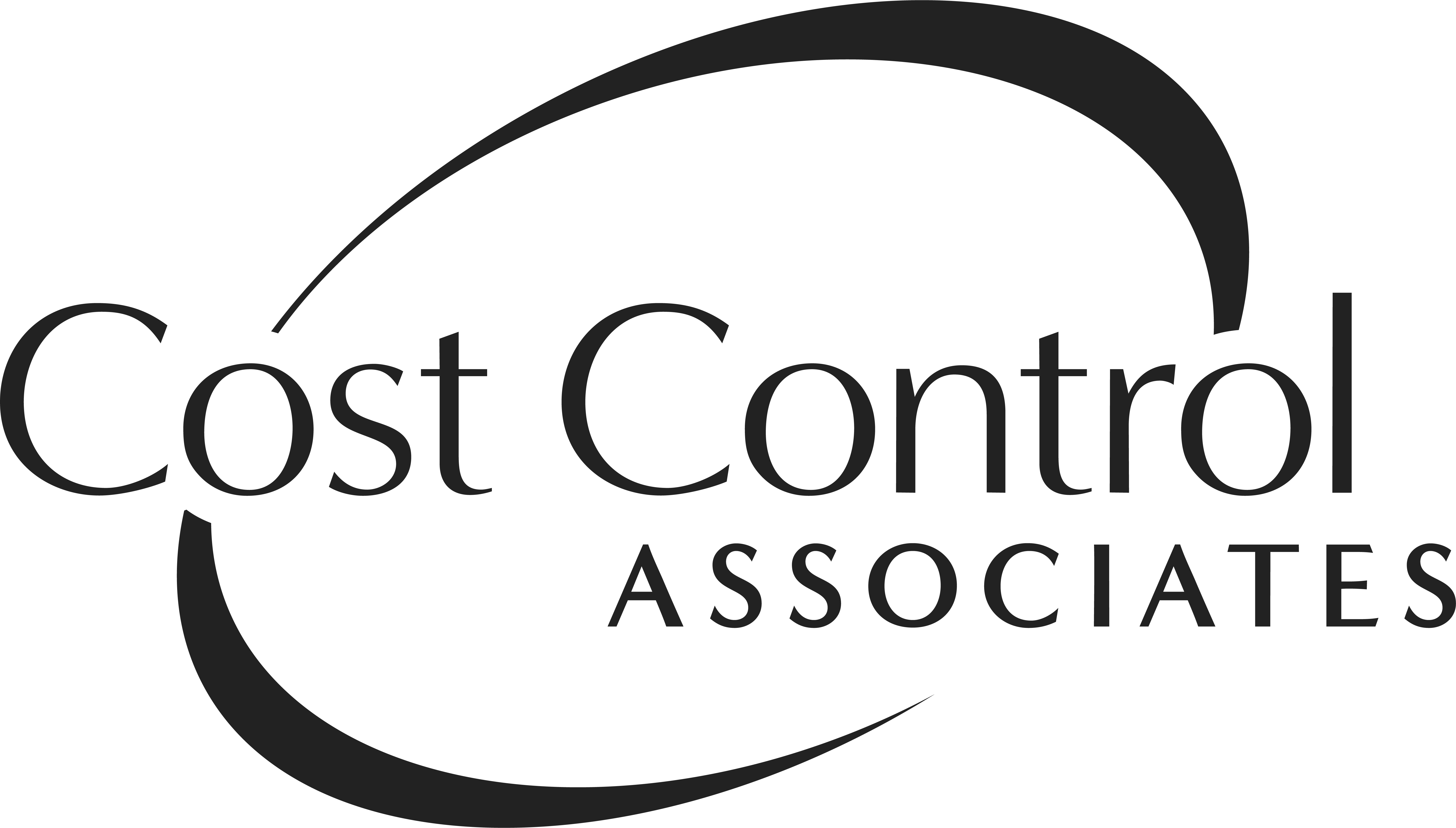Opening and closing utility accounts for your organization’s various locations is a time-consuming process. This is especially true for large organizations who open and close accounts on a regular basis as they expand and consolidate facilities. Large retail businesses operating in more than one state, city and county governments, banks with branches and free-standing ATMs, and other business types frequently have a need to open and close accounts.
Opening a new business location is exciting! But there are many details to manage before the big day. Anything short of perfection can spell disaster, especially if there is a glitch in the initiation of your utility services. For organizations that turn utility services on and off frequently, managing the process can lead to an unsatisfactory experience.
You can spend hours making phone calls and waiting on hold to set up just one account. When you do reach a live person, the information you get is not always accurate or you may be missing critical information. The account rep may need to call back, and if you miss the return call, you can end up playing phone tag for days.
Each set-up, utility account and location is different. You may be on the phone 15 minutes, or it may be 2 hours! Because the process can be time-consuming and frustrating for the inexperienced, we asked Deann Paddock, Open and Close Services Coordinator for Cost Control Associates, to provide you with some professional tips.
1. Anticipate Problems That Will Cause Delays
“One of the biggest problems I run into,” says Deann, “is when the physical address I have on file does not match the address the utility company has on file. While this sounds as if it would be a rare occurrence, in reality it happens quite often. You may think you are located at Location 200B, but the utility has you down as 201A.”
There are a number of reasons why a utility may change the address on their end. For instance, if a new building goes in near your location, the utility may change its number for your location in order to accommodate the new building site. Unfortunately, you won’t know about it until you call the utility to open or close your account. The address discrepancy must be resolved before you can move forward with your account initiation. The utility may require a site visit to check and verify the meter and location, and this will cause delays.
Another issue occurs when a new meter needs to be installed. Some utilities, usually smaller ones, may insist that the meter be removed in order for the former tenant to terminate services. The new tenant, who may not realize the meter is absent, will need to have a new meter installed. To install a new meter, you must determine whether permits and inspections are required and completed before any work can be done.
2. Same Day Service Is Not an Option
“Without the necessary experience, opening and closing utility accounts will present some surprises, so be prepared for delays,” warns Deann. “Don’t make the mistake of thinking you will get service the same day you call the utility.”
Have you heard the adage that “poor planning on your part does not make it an emergency on mine”? The utility company has its own priorities, and your priority is probably not the same as theirs. In some cases you can pay extra to get faster service, but you are still at the beck and call of the utility in terms of timing.
3. Be Prepared for Questions and Requirements
To initiate your service, the utility representative will ask many detailed questions. At the very least, Deann suggests you be prepared with the following information before you pick up the phone to call the utility.
- The name of the utility company. This may seem like a no-brainer, but companies use different utility providers depending on the geographic location of their sites. If you call from your headquarters location to initiate a utility account in another state, you need to know the name of the utility you plan to use.
- The meter number or the account number from the previous tenant
- A copy of your lease and the square footage of the location
- Know how you will use the energy supply at that location: The type of usage can qualify you for specific rates. If you plan to use natural gas, know how that site plans to use it. Will it be used to heat the space or to run rooftop HVAC units? Will site personnel use gas to power and operate manufacturing equipment? If it’s a restaurant, will gas be used to run professional stoves and grills?
- A copy of your organization’s Articles of Incorporation
- Your organization’s W9 and, in some cases, your business license number
- The name of a contact who is physically at that site and has access to meters and other equipment. If your location is under construction, you may want to ask the construction manager to act as your point person.
4. Be Prepared to Pay a Deposit
Most utilities will require a deposit for a new account. The size of the deposit may depend upon your credit report or the square footage of your facility. Or the deposit may be based on the last two months of billing for the previous customer, even though your energy usage may differ completely. Sometimes the utility will accept a Letter of Credit or surety bond in lieu of a deposit.
“With experience, you may be able to negotiate a smaller deposit,” informs Deann. “Be sure to ask how long the utility will hold your deposit. In many cases, the hold is only one year, but the onus is on you to remember to request the return of your deposit. Otherwise the utility is likely to continue holding that money.” Depending on the size of your account, the deposit may be significant. It is usually returned by check or as a credit to your account.
5. Plan Extra Time for Closing Accounts
“Thankfully, the process of closing an account is much easier,” laughs Deann. “If you have your bill in front of you, you should have all the necessary information. Just be aware that nothing happens instantly. It normally takes about 2 days for the utility to close an account, but depending on the utility and its priorities, it can take longer.”
6. Enjoy Worry-free Utility Account Management
If your organization opens and closes utility accounts for numerous facilities or across several states, you may find it easier to turn to the pros. Cost Control Associates offers Utility Open and Close services with a dedicated services coordinator such as Deann Paddock. She will:
- Work with you to turn on and off utility services on time
- Negotiate with utility providers to waive or lower opening deposit amounts
- Ensure you get the most beneficial rate schedule
- Uncover applicable rate and service discounts
- Verify your first invoice and any credits or refunds due
When you use Cost Control Associates for utility management services, you can trust that the lights and heat/AC will be on for your opening day. You will enjoy best-in-class customer service delivered through a knowledgeable single point of contact who knows your business and understands your accounts. Best of all, you’ll benefit by experience, stability and cost-effectiveness you can count on.
Keith Laake founded Cost Control Associates, Inc. in 1991 and has been responsible for strategic planning, marketing and sales, and overall management of the firm. He currently focuses on business development. Keith received his BBA from the University of Wisconsin and is a certified public accountant. Learn more.

